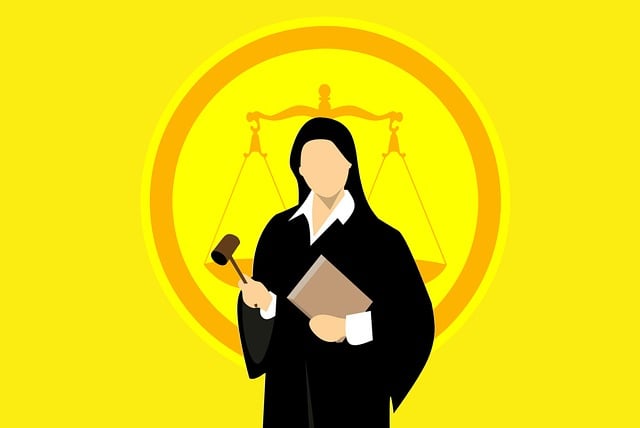In a significant legislative shift, the Australian government has proposed a law banning social media access for children under 16. This landmark initiative, announced by Prime Minister Anthony Albanese, aims to address growing concerns about the adverse effects of social media on young users. The legislation, one of the strictest globally, has sparked debates about digital safety, youth rights, and corporate accountability.
The Rationale Behind the Ban
Prime Minister Albanese emphasized the potential harm social media poses to children’s mental health and well-being. With increasing reports of cyberbullying, inappropriate content exposure, and declining mental health among teenagers, the government is prioritizing youth protection. The law aims to shift the responsibility for compliance to social media platforms like X (formerly Twitter), TikTok, Instagram, and Facebook, requiring them to actively restrict access for underage users.
Implementation Timeline and Challenges
The law will be introduced to Parliament in late November 2024 and, if passed, will take effect a year later. During this time, platforms must develop robust age-verification systems to comply with the regulation. Communications Minister Michelle Rowland highlighted the importance of collaborative efforts with the industry to ensure the law’s practical enforcement. However, critics argue that age-verification measures could raise privacy concerns and technical challenges, especially given the ease with which teens bypass such systems.
Reactions from Tech Companies
The legislation has met resistance from major tech players. The Digital Industry Group Inc (DIGI), representing companies like Meta, TikTok, and Google, expressed concerns that the law might isolate teens from essential support networks. Sunita Bose, DIGI’s Managing Director, described the move as a “20th-century solution to 21st-century challenges,” urging policymakers to focus on fostering digital literacy and creating safer online spaces rather than outright bans.
Global Context and Comparisons
Australia’s approach aligns with global trends but takes a stricter stance. France, for instance, recently proposed restricting social media for users under 15, but parental consent allows flexibility. In the United States, most platforms have a self-imposed age limit of 13, but enforcement remains lax. Australia’s law could set a precedent for other nations grappling with similar challenges, especially as concerns about social media’s societal impact continue to rise.
The Debate on Effectiveness
While the ban seeks to protect children, experts are divided on its effectiveness. Advocates believe it will reduce exposure to harmful content and alleviate mental health pressures. Critics argue it could lead to unintended consequences, such as increased digital exclusion or reliance on unsupervised alternatives. There are also concerns about how the law will affect families’ digital habits and whether it unfairly shifts responsibility from parents to corporations.
The Broader Push for Online Safety
This legislation is part of Australia’s broader efforts to regulate the digital sphere. Earlier this year, the government introduced laws to combat misinformation and outlaw deepfake pornography. These steps underscore Australia’s commitment to creating a safer digital environment but have also drawn criticism from free speech advocates and tech industry leaders like Elon Musk, who labeled similar initiatives as overly authoritarian.
Future Implications
The proposed law represents a critical intersection of technology, governance, and societal values. If implemented successfully, it could serve as a blueprint for balancing digital innovation with ethical responsibility. However, its success will depend on thoughtful execution, addressing privacy concerns, and ensuring that young users are not left without safe avenues for digital engagement.
Conclusion
Australia’s bold move to ban social media for children under 16 highlights the complexities of digital-age governance. While the law seeks to safeguard younger generations, its real-world implications will require careful scrutiny and adaptation. As other nations watch closely, the outcome of this legislation could redefine how societies navigate the challenges of the digital revolution.


